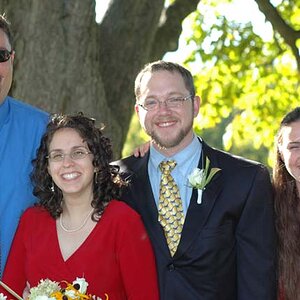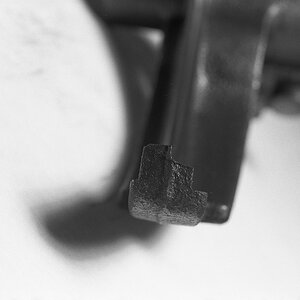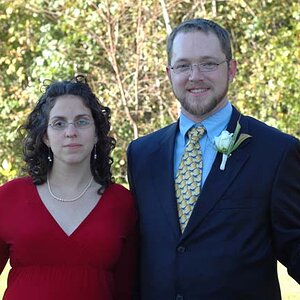JosephH
No longer a newbie, moving up!
- Joined
- Jan 5, 2019
- Messages
- 126
- Reaction score
- 43
- Location
- Moline, Illinois USA
- Website
- www.proflooney.net
- Can others edit my Photos
- Photos OK to edit
Prob cause I am wrong I thought asa and the aperture f stops were the same thing. I'm a noob and prob wrong terminology


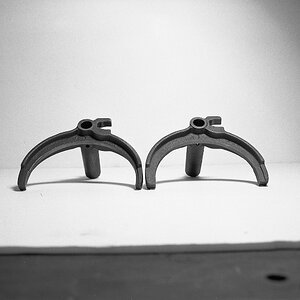

![[No title]](/data/xfmg/thumbnail/41/41925-e3c7dc0bf7e49541e177841ac968253a.jpg?1619739945)
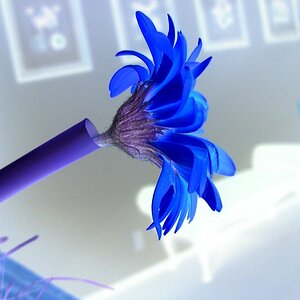
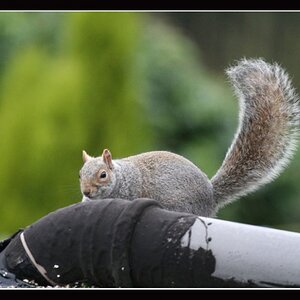
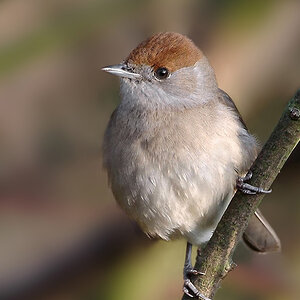
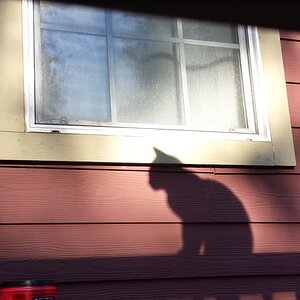
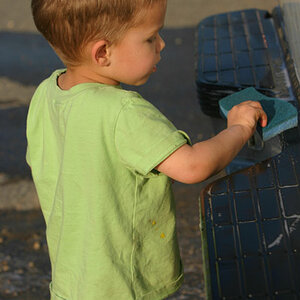
![[No title]](/data/xfmg/thumbnail/41/41928-733459df56e3fa2fe957f910305d4e37.jpg?1619739945)
